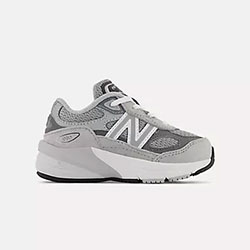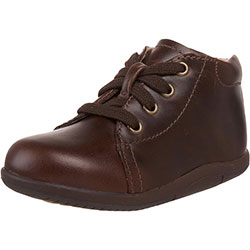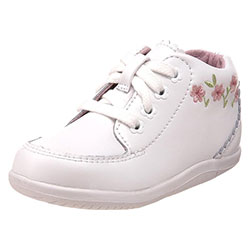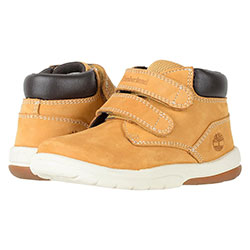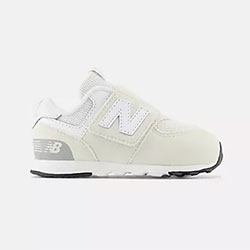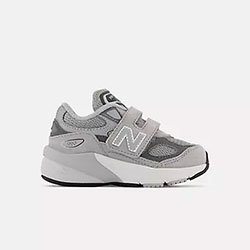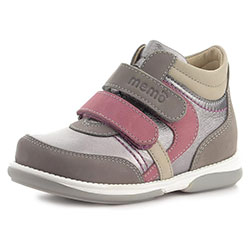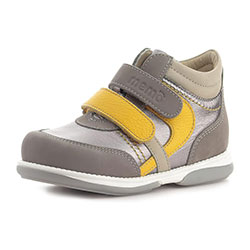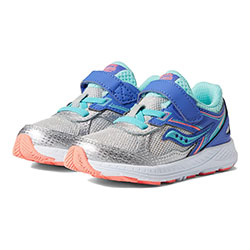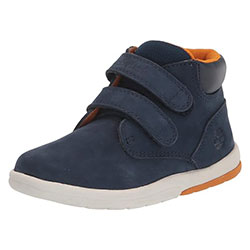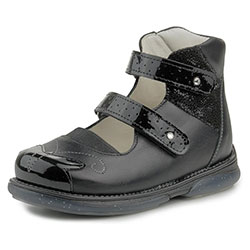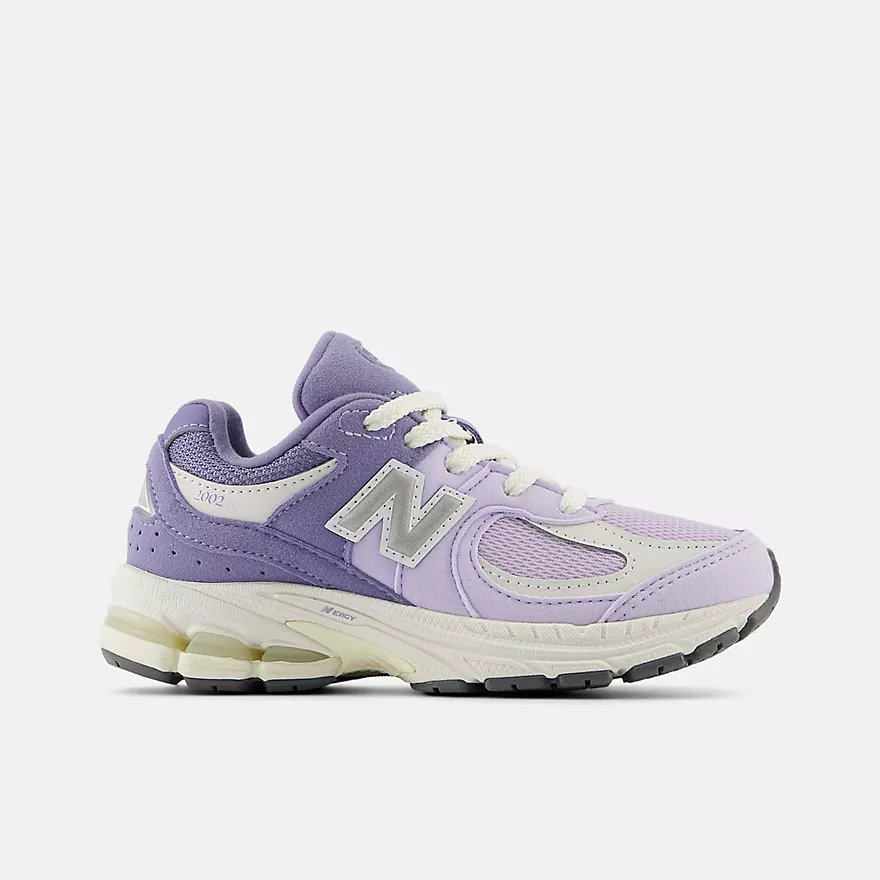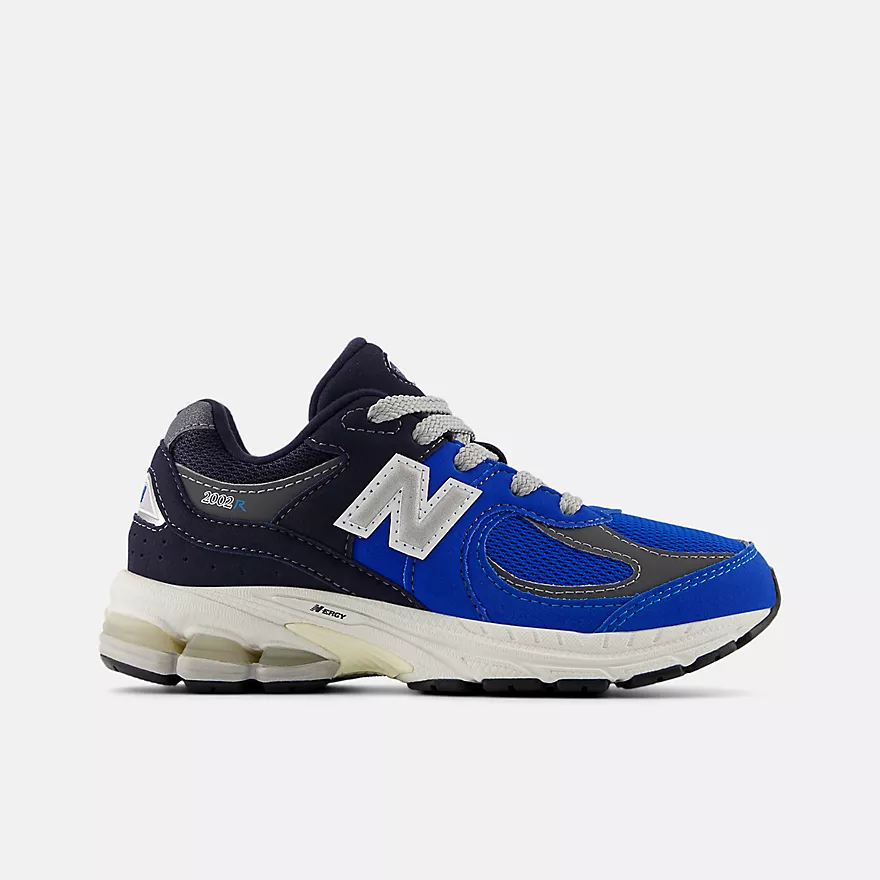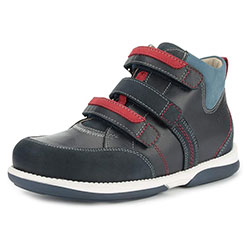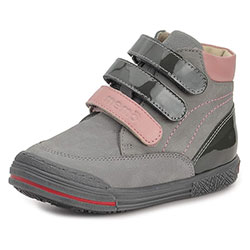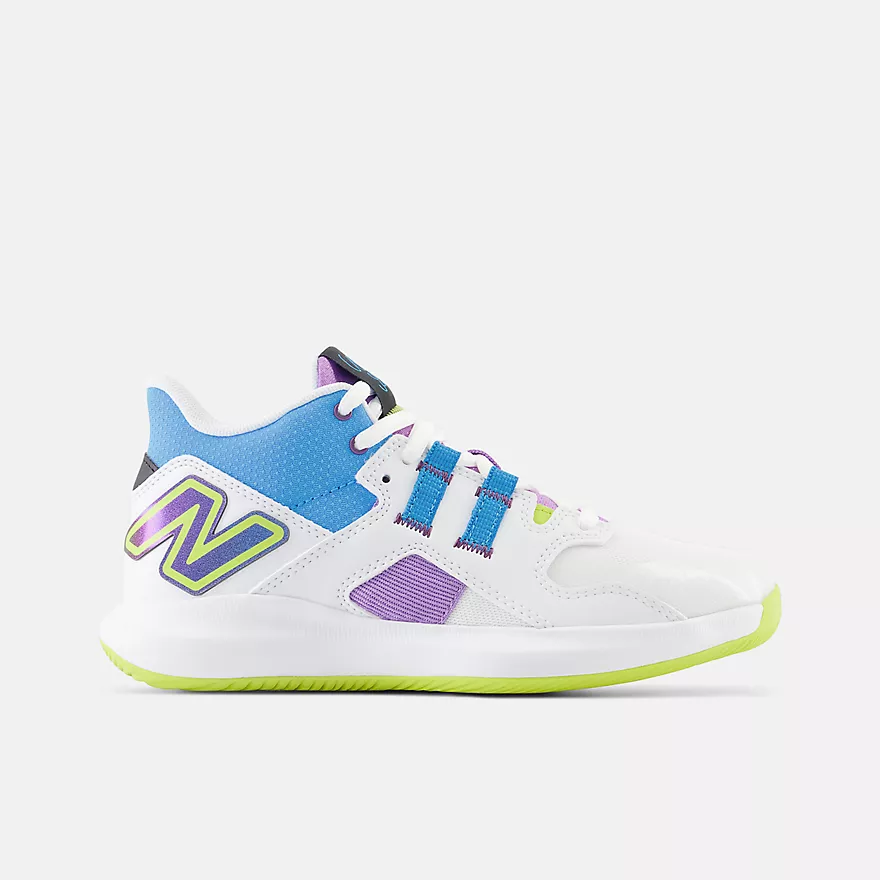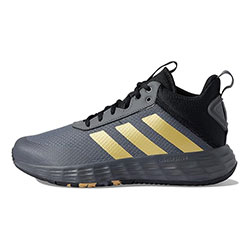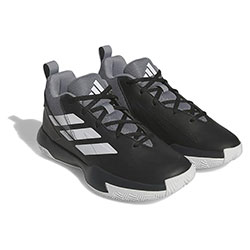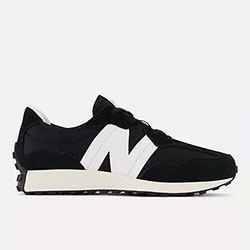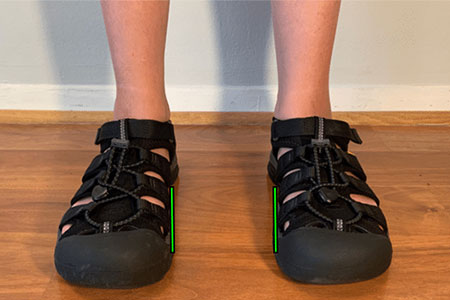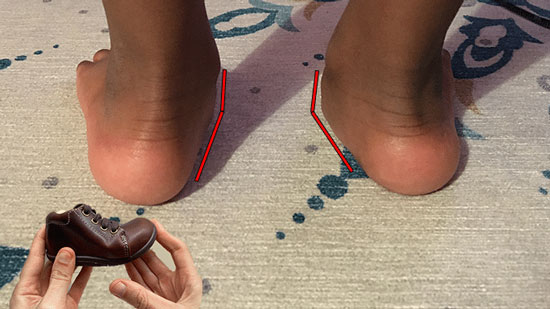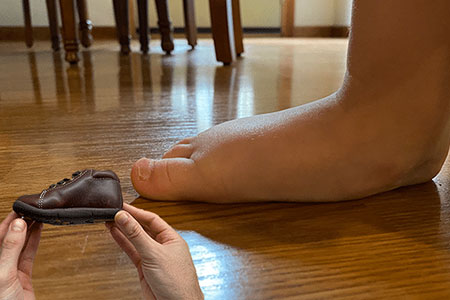Do Kids Have Both of Their Feet Flat or Just One? – The Answer Might Surprise You!
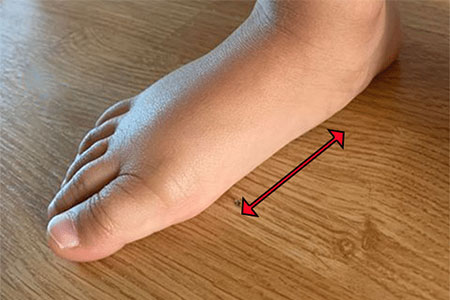
Are you wondering whether your child has one of their feet flat? This is actually really important for parents to know since when children have only one of their feet flat it can lead to other conditions such as foot imbalances, leg length discrepancy, posture problems, as well as foot and leg pain. This is one of the most common questions parents ask me at the shoe store where I work: Do kids have both of their feet flat or just one?
If you are in a rush, you can go directly to the selection of the best shoes for kids with one or both feet flat.
More Than Ten Years of Becoming Acquainted with Flat Feet in Children
Given that I have been working for a specialized children’s shoe store for over 10 years, I have helped hundreds of families figure out whether their children have one or both feet flat. Moreover, I evaluate children with flat feet daily and I am confident that I can help your child as well.
Is It Normal for Children to Have Flat Feet?
Flat feet is normal in babies and toddlers, but that doesn’t mean it should be left untreated. If by the time your child turns 4 or 5 the arches have not already developed, you are going to need to take action to prevent your child from developing foot, leg, or lower back pain.
I have spoken with several families who took their children to their pediatricians and were told not to worry about it, as the child will eventually develop an arch. I strongly recommend parents be proactive and don’t take the “wait and see approach” when it comes to treating their children’s foot conditions.
The first step is to figure out whether your child has both feet flat or only one. If you are unsure of whether your child has one or both feet flat, I will help you figure this out.
Let me show you the difference between a child who has a flat foot compared to one that doesn’t.
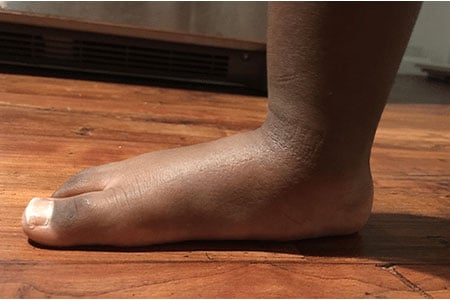
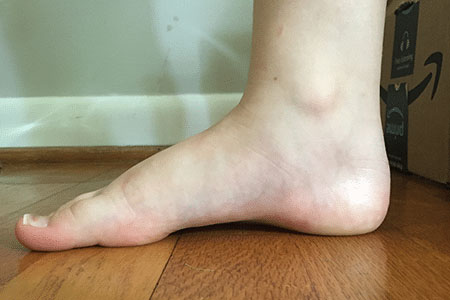
Notice how in the left image the foot is completely flat while in the right image you can notice the arch below the foot.
Do You Suspect that Your Child Has Only One Foot that is Flat?
For me to figure out whether your child has flat feet or not I will need to see two pictures of your child’s feet that should look like the one below. I will need one picture of your child’s right foot and another picture of your child’s left foot:
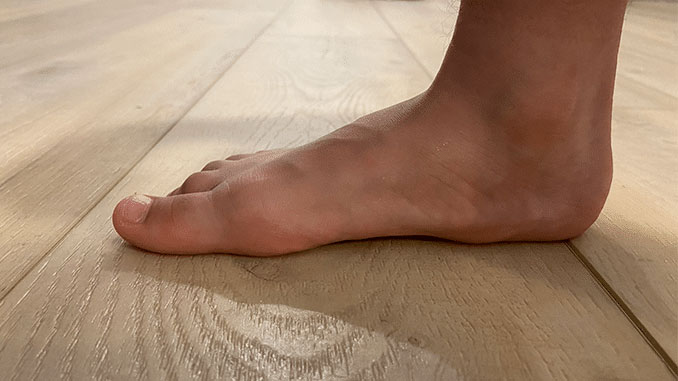
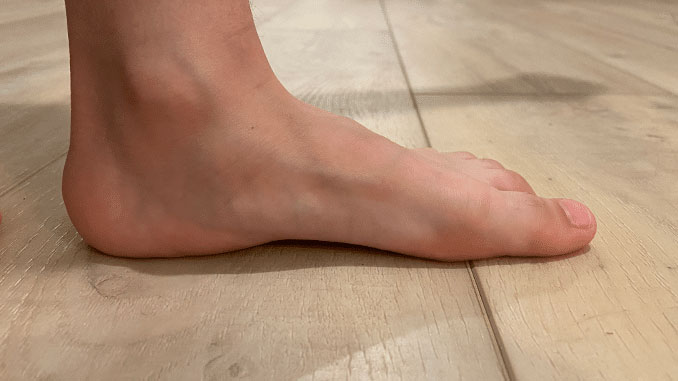
Where Should You Send the Images?
Once you have the pictures you can send them to: [email protected]. I will get back to you as soon as I am done reviewing them. After we figure out whether your child has one or both feet flat, we need to figure out whether your child might need a pair of supportive shoes, orthotics, or both.
Is it Bad to Have Flat Feet? – Don’t Leave Flat Feet Untreated!
Keep in mind that there is a ton of information on flat feet and how it should be treated. I want you to know that I am not a doctor, and my recommendation is based on years of watching what works and what doesn’t by testing hundreds of different shoes and orthotics on children’s feet.
The main issue with having flat feet is that it can lead to overpronation. Once the feet are flat, the knees and hips also become misaligned. This means the muscles that move those joints no longer work efficiently, and it will take more energy for your child to do the same work as other children who don’t have this condition.
Flat feet can also impact your child’s overall posture so it’s important that you don’t leave this condition untreated.
What to Do if Your Child Has Only One Foot Flat?
It took me a while until I figured out that children might have only one of their feet flat. Usually, both feet are affected, but it’s possible for children to have a fallen arch on only one foot.
The main issue with having only one foot that is flat is that it might lead to a leg length discrepancy and posture problems, which might lead to knee, hip, and lower back pain in the future.
If your child happens to have only one foot that is flat, the approach is actually the same as if the child had both feet flat.
I always tell parents to be careful in adjusting just one side, because you don’t want to make your child’s leg functionally longer by adding arch support to that side only.
How to Help a Child Who Has Only One Foot that is Flat?
The most effective way to adjust the foot that is flat is by providing your child with supportive shoes that provide a substantial outsole and a firm heel counter. If the child is experiencing foot and leg pain, then I recommend fitting an orthotic inside the shoes for extra support. Make sure that the orthotic is fitted inside both shoes, not just the flat one.
There are certain everyday sneakers that provide targeted support right below the arch, which is going to help prevent your child from overpronating by improving your child’s walking gait and overall posture. For example, let me show you the difference in support between one of the shoes I recommend and a different style:
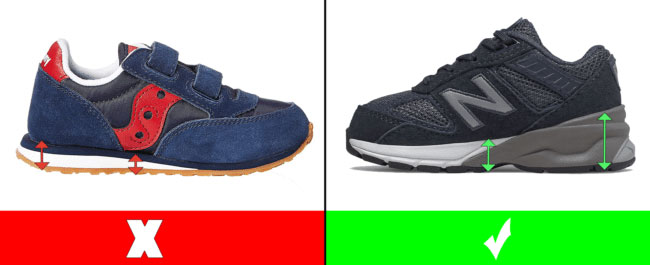
Do you notice how the shoe on the right has a more substantial outsole? This is exactly the type of shoes I recommend. The shoes I recommend also provide straight lasts to help improve foot posture and walking gait:
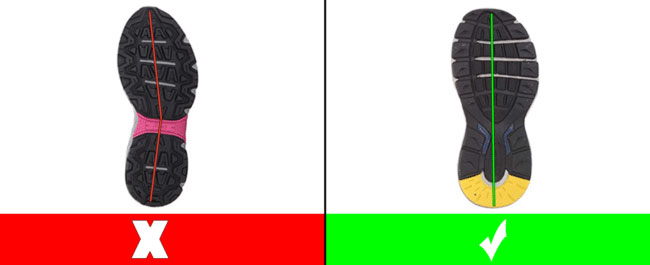
The idea is to start by trying a pair of supportive shoes and monitor whether after wearing the shoes for 2 months the child’s walking gait improves or not. If it doesn’t, then it’s time to try a pair of orthotics.
I will start by showing you a selection of the best shoes for children who have one or both feet flat. These shoes have proven to be the most effective ones in improving a child’s walking gait and overall posture.
Best Shoes for Kids with One or Both Feet Flat
The shoes below can fit children with medium (M), wide (W), and extra wide (XW) feet. Disclosure: Some links in this post may be affiliate links and we may receive a small commission (at no extra cost to you) when you click our links and make purchases.
- The New Balance shoe style 990V6 is available for toddlers, little, and big kids
- Available in laces and velcro
- Fits children with medium, wide, or extra wide feet
- Suede/mesh upper provides durability and breathability
- Order this shoe half a size larger than your toddler’s current foot size
- The New Balance shoe style 990V6 is available for toddlers, little, and big kids
- Available in laces and velcro
- Fits children with medium, wide, or extra wide feet
- Synthetic/mesh upper provides durability and breathability
- Order this shoe half a size larger than your toddler’s current foot size
- The Stride Rite shoe style Elliot is available for toddlers
- Lace-up closure
- Fits toddlers with medium, wide, or extra wide feet
- 100% leather made
- Order this shoe half a size larger than your toddler’s current foot size
- The Stride Rite shoe style Emilia is available for toddlers
- Lace-up closure
- Fits toddlers with medium, wide, or extra wide feet
- 100% leather made
- Order this shoe a whole size larger than your toddler’s current foot size
- The Timberland shoe style Tracks is available for toddlers
- Double velcro straps
- Fits toddlers with medium or wide feet
- Water-friendly
- Order this shoe a whole size larger than your toddler’s current foot size
- The New Balance shoe style 574 is available for toddlers
- Available in velcro and laces
- Fits children with medium, wide, or extra wide feet
- Synthetic/mesh upper provides durability and breathability
- Order this shoe a whole size larger than your toddler’s current foot size
- The New Balance shoe style 990V6 is available for toddlers, little, and big kids
- Available in velcro and laces
- Fits children with medium, wide, or extra wide feet
- Synthetic/mesh upper provides durability and breathability
- Order this shoe a half size larger than your toddler’s current foot size
- The Memo shoe style Gabi is available for toddlers and little kids
- Double velcro straps
- Fits children with medium or wide feet
- Genuine leather and breathable mesh
- Thermoplastic asymmetric stiff heel counter for proper feet protection and stabilization
- Order this shoe half a size larger than your toddler’s current foot size
- The Memo shoe style Gabi is available for toddlers and little kids
- Double velcro straps
- Fits children with medium or wide feet
- Genuine leather and breathable mesh
- Thermoplastic asymmetric stiff heel counter for proper feet protection and stabilization
- Order this shoe half a size larger than your toddler’s current foot size
- The Saucony shoe style Cohesion is available for toddlers
- Velcro closure
- Fits toddlers with medium or wide feet
- Heel grid system for stable cushioning
- Compression molded EVA footbed for comfort
- Order this shoe a whole size larger than your toddler’s current foot size
- The Timberland shoe style Bootie fits toddlers and little kids
- Double velcro straps
- Fits children with medium or wide feet
- Padded collar for a comfortable fit around the ankle
- Water-friendly
- Order this shoe a whole size larger than your toddler’s current foot size
- The Memo shoe style Princessa fits toddlers and little kids
- Double velcro straps
- Fits children with medium or wide feet
- This is an ORTHOPEDIC shoe
- Rigid heel counter
- Order this shoe half a size larger than your toddler’s current foot size
- The Saucony shoe style Cohesion KDZ is available for little and big kids
- Velcro closure
- Fits children with medium and wide feet
- Heel grid system for stable cushioning
- Compression molded EVA footbed for comfort
- Order this shoe a half size larger than your child’s current foot size
- The Saucony shoe style Cohesion KDZ is available for little and big kids
- Velcro closure
- Fits children with medium and wide feet
- Synthetic and mesh upper
- Heel grid system for stable cushioning
- Order this shoe half a size larger than your child’s current foot size
- The New Balance shoe style Fresh Foam 650 is available for little and big kids
- Fits children with medium, wide, or extra wide feet
- Velcro closure
- ABZORB midsole absorbs impact through a combination of cushioning and compression resistance
- Mesh upper material features no-sew overlays for a sleek fit and feel
- Order this shoe half a size larger than your child’s current foot size
- The New Balance shoe style Fresh Foam Arishi v4 is available for little and big kids
- Fits children with medium, wide, or extra wide feet
- Velcro closure
- ABZORB midsole absorbs impact through a combination of cushioning and compression resistance
- Mesh upper material features no-sew overlays for a sleek fit and feel
- Order this shoe half a size larger than your child’s current foot size
- The New Balance shoe style 2002 is available for toddlers and little kids
- Available in laces
- Fits children with medium and wide feet
- Suede/mesh upper provides durability and breathability
- Order this shoe half a size larger than your toddler’s current foot size
- The New Balance shoe style 2002 is available for toddlers and little kids
- Available in laces
- Fits children with medium and wide feet
- Suede/mesh upper provides durability and breathability
- Order this shoe half a size larger than your toddler’s current foot size
- The New Balance shoe style Fresh Foam 650 is available for little and big kids
- Fits children with medium, wide, or extra wide feet
- Velcro closure
- Synthetic and engineered mesh upper
- Fresh Foam midsole cushioning is precision engineered to deliver an ultra-cushioned, lightweight ride
- Order this shoe a half size larger than your child’s current foot size
- The Memo shoe style Polo is available for little and big kids
- Triple velcro straps
- Fits children with medium or wide feet
- This is an orthopedic shoe
- Thermoplastic rigid heel counter
- Order this shoe a half size larger than your child’s current foot size
- The Memo shoe style Chicago is available for little and big kids
- Triple velcro straps
- Fits children with medium or wide feet
- This is an orthopedic shoe
- Thermoplastic rigid heel counter
- Order this shoe a half size larger than your child’s current foot size
- The New Balance shoe style Coco is available for little and big kids
- Lace-up closure
- Fits children with medium or wide feet
- NDurance rubber outsole technology provides superior durability in high-wear areas to help get more out of the shoes
- Order this shoe a half size larger than your child’s current foot size
- The Adidas shoe style Own the Game 2.0 is available for little and big kids
- Lace-up closure
- Fits children with medium or wide feet
- Supportive outsoles and firm heel counter
- Order this shoe a half size larger than your child’s current foot size
- The Adidas shoe style Cross Em Up Select is available for little kids
- Lace-up closure
- Fits children with medium or wide feet
- Non-marking outsole
- Order this shoe a whole larger than your child’s current foot size
- The Saucony shoe style Kinvara LTT is available for little and big kids
- Lace-up closure
- Fits children with medium or wide feet
- Cushioned footbed
- Order this shoe a whole size larger than your child’s current foot size
- The Saucony shoe style Shadow 6000 is available for little and big kids
- Lace-up closure
- Fits children with medium or wide feet
- Cushioned footbed
- Order this shoe half a size larger than your child’s current foot size
- The New Balance shoe style 574 is available for little and big kids
- Lace-up closure
- Fits children with medium or wide feet
- ENCAP midsole cushioning provides good arch and heel support
- Order this shoe half a size larger than your child’s current foot size
- The New Balance shoe style 327 is available for little and big kids
- Lace-up closure
- Fits children with medium or wide feet
- Suede and mesh upper
- Order this shoe a whole size larger than your child’s current foot size
- The New Balance shoe style Fresh Foam X 1080v13 is available for big kids
- Lace-up closure
- Fits children with medium or wide feet
- Suede and mesh upper
- Order this shoe half a size larger than your child’s current foot size
- The New Balance shoe style Fresh Foam X 1080v13 is available for big kids
- Lace-up closure
- Fits children with medium or wide feet
- Suede and mesh upper
- Order this shoe half a size larger than your child’s current foot size
If your child happens to have narrow feet leave me a message in the comment section below and I will get back to you with specific shoe recommendations.
Providing your child with the correct pair of shoes will help prevent your child from developing foot and posture issues, as well as foot injuries.
Are Any Other Shoe Choices Available?
If none of these shoes are available in your child’s shoe size or if you need the shoes to be made of a specific color don’t hesitate to send me an email.
Not Sure What Shoe Size to Order? – Get it Right!
You must provide your child with the correct shoe size if you want your child to get the full benefits that the shoes have to offer. Shoes that are too short can make your child’s toes overlap or rub against one another. On the other hand, shoes that are too long can compromise your child’s stability.
Is There a Way to Fix Flat Feet? – Let’s Straighten Up Some Rumors!
There is no way to fix flat feet. This is a hereditary condition and there are no exercises or orthotics that can mold your child an arch. Certain orthotics are extremely effective in reducing or fully eliminating foot and leg pain, and also improving a child’s walking gait. I just want to be clear that there is no way to fix flat feet.
If you believe your child can benefit from wearing an orthotic you should take a look at a different article on orthotic inserts for kids with flat feet.
If you have a child that has only one flat foot please let us know in the comment section below so other families can benefit from your experiences.

